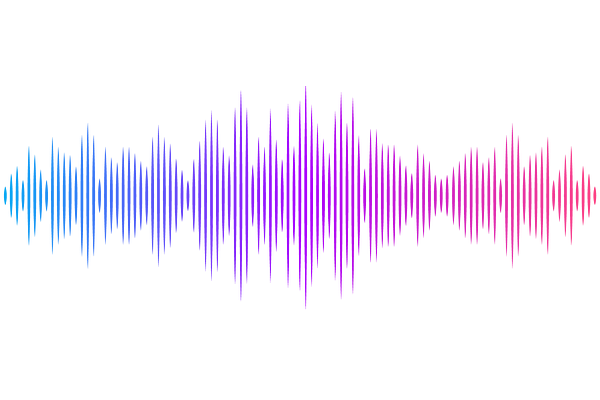Viability of general relativity and modified gravity cosmologies using high-redshift cosmic probes

Viability of general relativity and modified gravity cosmologies using high-redshift cosmic probes
Fernanda Oliveira, Bruno Ribeiro, Wiliam S. Hipólito-Ricaldi, Felipe Avila, Armando Bernui
AbstractSeveral models based on General Relativity and Modified Gravity aim to reproduce the observed universe with precision comparable to the standard flat-$\Lambda$CDM model. In this study, we investigate the consistency of some of these models with current high-redshift cosmic data, assessing their ability to simultaneously describe both the background expansion and matter clustering, using measurements of the Hubble parameter $H(z)$, the luminosity distance $D_L(z)$, and the growth rate of structures $[f\sigma_8](z)$ through parametric and non-parametric methods. Our results indicate that background observables alone offer limited capacity to distinguish between models, while the inclusion of growth of structures data proves useful in revealing deviations, even if small. An $F(Q)$ model, the non-flat $\Lambda$CDM and the $\omega$CDM emerge as alternatives well supported by data, closely matching the growth data and showing performance comparable to $\Lambda$CDM, as revealed by the Akaike Information Criterion. In contrast, $F(R)$ models are strongly disfavored compared to $\Lambda$CDM and $F(Q)$. These analyses illustrate the usefulness of both parametric and non-parametric approaches to explore the observational viability of alternative cosmological models.